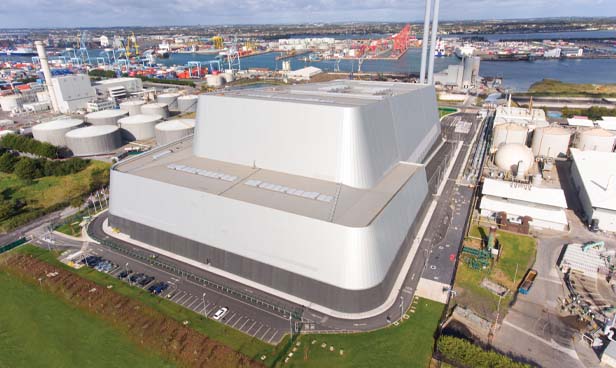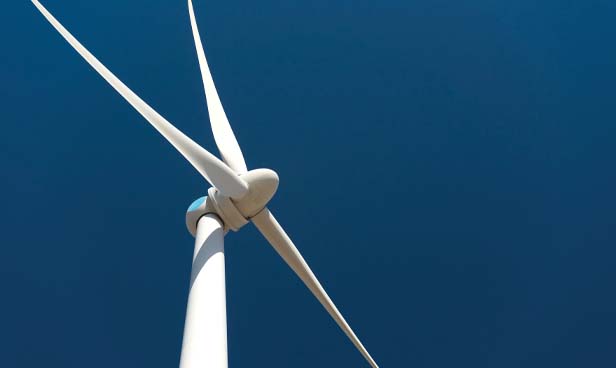
A practical solution in the fight against climate change
5th October 2021
Standards for climate action: Where green innovation meets policy
5th October 2021Roadmap for clean energy outlined

The Commission for the Regulation of Utilities’ roadmap for the delivery of the EU’s Clean Energy Package’s energy and renewable directives outlines how the CRU plans to deliver Ireland’s renewable and energy goals in 2021.
The deliverables for the year 2021 that the CRU lays out in its roadmap, published in February 2021, can be broken down into three subgroups: updates to the retail market; new market activities and the role of the distribution system operator (DSO).
Updates to the retail market
In terms of updates to the retail market, the CRU began conducting an internal review in 2020 to assess what updates were needed to the Supplier Handbook to comply with new requirements in the EU’s Electricity Directive; this review will continue into 2021. The CRU will “explore the options on how to introduce these few updated requirements around billing information, contracts, switching, smart meters and terms and conditions”, with the handbook update process following similar procedure to the last update, meaning a consultation will be published to “allow for market participant input, which will be followed by a subsequent decision”.
The rollout of smart metres will continue to be monitored by the CRU, and engagement with the Department of the Environment, Climate and Communications on the transposition of the Electricity Directive will also continue, “with focus on the smart metering articles”.
CRU is also in the process of developing the Smart Meter Data Access Code, which will “define rules of access, and processing of, personal data from smart meters”. The code will “ensure there is a clear set of criteria outlined for data access to ensure consumer protections are in place for data being accessed through smart meters”.
New market activities
A consultation will be published that will address the feedback received from calls for evidence on active consumers and energy communities put out in 2020, “as well as some follow-up discussions which were held with industry stakeholders and market participants”, with the content of the consultation “expected to cover a variety of topics that need to be addressed to progress development of an enabling regulatory framework to incorporate market actors engaged in the new energy activities outlined in both Directives into the electricity market”.
Subsequent consultations on active consumers and energy communities are envisioned, with the topic of participation in demand response aggregation to be discussed as well. As part of its review in 2020, the CRU “also understood that the provisions in the Directives encourage participation by third-party service providers to offer their assistance to active consumers and energy communities”.
“Under the current regulations in Ireland, only generators with a maximum export capacity over 10MW are required to participate in the Balancing Market, but under the Clean Energy Package, all participants, with certain limited exemptions only, will be responsible for any imbalances that they cause in the market.”
These service providers are considered to be market actors as they will provide services “which enable participation in the new energy activities provided” for in the European directives. Anticipation within the CRU is that there “may need to be further consideration on how to ensure a level-playing field for these market participants, but also ensure fair treatment of the final customers they conduct business with”. The work laid out in this area in the roadmap is expected to run into 2022.
Role of the DSO
The CRU says that it “gained better understanding throughout 2020 on what the Clean Energy Package envisages the role of the DSO to be in the electricity markets”, specifically, “that they should aim to procure flexibility services from distributed generation and demand response, they should act as a neutral market facilitator and that they should aid energy communities in facilitating the transfer of energy between participants”.
The CRU states that it aims to explore these ideas further in 2021 and aims to ensure that requirements in Article 32 are upheld and ESB Networks is incentivised to fulfil the expectations of the DSO as prescribed in the Clean Energy Package. A consultation or a call for evidence to collect views from industry and stakeholders are two options mentioned as the CRU looks to advance this workstream.
What this means for Ireland
The Clean Energy Package consists of eight separate legislative acts, most of which entered into force in January 2020, and represents “a major step towards completing the energy union”. The remaining reforms needed in order for Ireland to comply with the package’s regulation will change the face of energy regulation and provision in the country.
Under the current regulations in Ireland, only generators with a maximum export capacity over 10MW are required to participate in the Balancing Market, but under the Clean Energy Package, all participants, with certain limited exemptions only, will be responsible for any imbalances that they cause in the market. There are numerous projects under 10MW in Ireland, mainly onshore wind, and the ending of their exemption is expected to result in higher costs for these projects.
The Clean Energy Package also prohibits capacity payments for generation facilities emitting certain levels of CO2, which change depending on the time period. This are set out as follows:
- Currently, and since 4 July 2019, any new generation facility which emits more than 550g of CO2 of fossil fuel origin per kWh of electricity; and
- From 1 July 2025, all generation facilities which emit more than 550g of CO2 of fossil fuel origin per kWh of electricity and more than 350kg CO2 of fossil fuel origin on average per year per installed kWe.
To contextualise this in the Irish sense, the ESB’s 2017 report Ireland’s Low Carbon Future — Dimensions of a Solution noted that combined cycle gas turbines typically produce between 350 and 380g of CO2 per kWh. Ireland’s current capacity remuneration mechanism is still new, having been only recently redesigned to accompany the ISEM market change. Any enforced reduction in the scope of the programme will certainly be of concern to current participants, and it is unlikely that these participants will be satisfied by the cross-border participation initiatives that are also part of the Clean Energy Package.
Having just adjusted to relatively new I-SEM regulations in the recent past, Irish market participants will now have to adjust to European legislation such as the above. Participants will be required to monitor the CEP-related actions of the SEM Committee in order to track whether further adjustments will be necessary.
